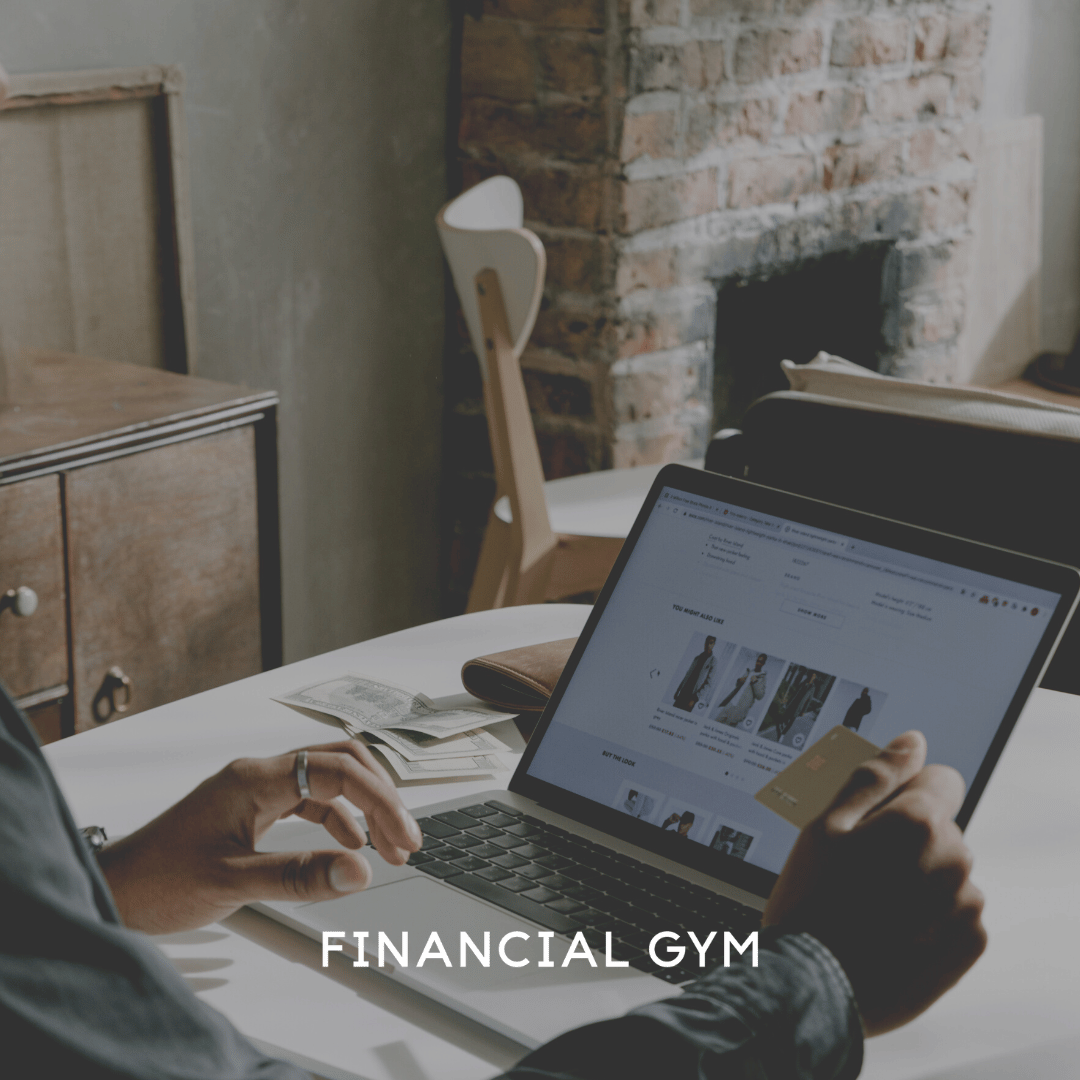6 Tips to Manage Your Impulse Buying Triggers
On average, Americans spend more than $300 per month on impulse purchases. Retailers actively encourage impulse buying because it helps their bottom line—not yours. Try these tips to reduce your impulse buying and regain control of your spending:
Identify your impulse buying triggers
The first step in managing your impulse buying triggers is knowing what they are. Write down your answers to the following questions:
Where are you when you impulse buy? In a particular store? On your couch?
Who are you with? Are you pressured to spend with certain friends?
What items do you tend to buy impulsively?
How do you feel? Stressed? Bored? Aspirational?
Knowing your triggers will help you find the most effective way to address them.
Unsubscribe from promotional emails
These days, our inboxes are overflowing with promotional emails; you make one online purchase and you’re bombarded with discount offers tempting you to buy more. While these emails often blend into the background, under the right circumstances they can influence you to make an unplanned purchase.
The solution: This trigger has a simple solution: unsubscribe from all promotional emails. You can do this manually (but let’s be real, that’s going to take forever) or use a free service like Unroll.Me to speed up the process. If you want to take advantage of sales for a planned purchase, check the retailer’s website around holidays and other times of year when you’d expect sales. Or download a browser extension that finds and enters promo codes for you like Honey.
Delete payment information from apps and websites
Retailers are always looking for ways to make payment as frictionless as possible. By storing your payment information, you can make online purchases with just one click.
The solution: Remove your payment information from websites and apps where you make impulse purchases. The added step of having to get up to get your credit or debit card can be enough of a friction point that you don’t make a purchase. If you have your card number memorized, report it as lost to receive a card with a new number.
Change your state of mind
Impulse buying is a reaction to an emotion: stress, boredom, FOMO, aspiration, celebration, and so on. If you can find another way to process or manage that emotion without spending, your bank account will thank you.
The solution: Identify alternative activities to try when you feel like making an impulse purchase. Go for a walk, call a friend, take a bath, do a breathing exercise, play with your dog, or watch some funny YouTube videos—whatever can quickly change your emotional state or provide a distraction from it. Commit to trying that alternative activity when you feel like making an impulse purchase. Worst case scenario: you do something you enjoy and still make the purchase. Best case scenario: by the time you complete the activity, you don’t feel the need to spend.
Set a schedule for making purchases
Since there is no set time when spending is allowed or not allowed, it’s an option all the time! When you make purchases at random, you don’t realize how much it’s adding up—$50 here, $75 there and before you know it, you’ve got an eye-popping credit card bill.
The solution: Designate certain days of the month that you make retail purchases. Twice per month is a good cadence. In between those dates, keep a list of what you want or need to purchase. When your buy dates roll around, purchase whatever you still want or need from the list. You’ll likely find that not everything you added to the list will make the cut and that’s the point!
Reduce trips to the store
How many times have you walked into a store intending to buy one thing and walked out with an armful? Seeing an item in person and knowing you can have it right away is often enough of a temptation to prompt an unplanned purchase. Plus, stores are actually designed in ways that encourage us to spend a little extra on things we don’t need.
The solution: Limit trips to stores where you are most likely to impulse buy. For example, if you do most of your impulse shopping at the grocery store, place a grocery delivery order or pickup order instead.
Ready to take your finances to the next level?
To get started, schedule a free 20-minute consultation call to speak to a member of our team. We will ask you a few basic questions to get to know you more, walk you through our financial training program steps, and answer any questions you may have. No pressure to join! Need advice quickly? Talk to one of our Trainers on Demand.

